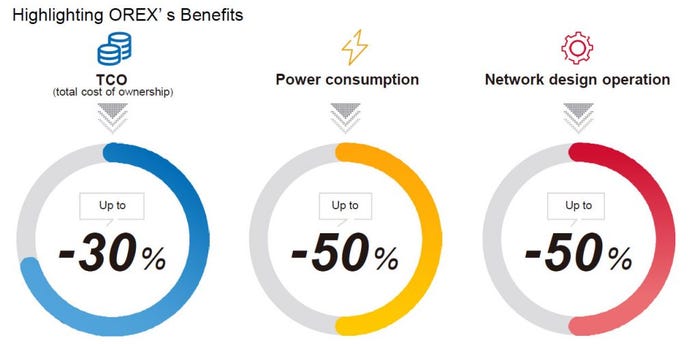Nvidia and Docomo claim the world’s first GPU-accelerated 5G network
US semiconductor giant Nvidia is keen to persuade telcos to use its chips in their networks but it still has a way to go.
September 27, 2023

US semiconductor giant Nvidia is keen to persuade telcos to use its chips in their networks but it still has a way to go.
The announcement of the first GPU (graphics processing unit) accelerated 5G network, run by NTT Docomo in Japan, has been positioned by Nvidia as a proof-point of this, but the supporting media and analyst call was thin on specifics. Everyone knows Nvidia’s GPU chips are really powerful, which is why they’re taking centre stage in the current AI boom and why anyone who bought Nvidia shares a year or so ago is currently feeling very smug.
What remains to be proven is the need for those chips in in a telecoms environment as opposed to, say, a datacentre or a gaming PC one. ‘Docomo’s move aims to address the multibillion dollar problem of driving improvements in performance, total cost of ownership and energy efficiency while unlocking the flexibility, scalability and supply chain diversity promise of Open RAN,’ says the accompanying Nvidia blog.
But many of the proof points offered by Docomo and its systems integrator partner Fujitsu on the call focused on the features and benefits of OREX, which is described as ‘an open RAN service brand by Docomo and multiplex global partners’. One that caught the eye is that OREX can lower the total cost of ownership of a RAN deployment by up to 30% but, again, while Nvidia is an OREX vendor, it wasn’t obvious to what extent energy-intensive GPUs contribute to the below benefits.

The answer seems to lie in the confusing and technical ways in which Open RAN and virtualized RAN (vRAN) intersect. The more of a given technological scenario you can software-ize and virtualize, the more of it you can run on general purpose infrastructure that can handle multiple jobs at once, which in turn implies novel efficiencies. GPUs are especially good at this multitasking and offer the advantage of being able to handle the AI workload that seems set to increase exponentially in every sector.
“Delivering a 5G Open RAN network that meets stringent performance requirements of operators is a significant accomplishment,” said Masaki Taniguchi, Head of the Mobile System Business Unit at Fujitsu. “Using our Fujitsu vCU/vDU, in combination with Nvidia Aerial platform will help network operators to efficiently build high-performance 5G networks for consumers and businesses alike.”
There seems to be a bit of a silicon gold rush going on in telecoms right now. Fellow US chip giant Qualcomm has just announced a ‘strategic engagement’ with another bit of NTT around ‘the development of the 5G device ecosystem to facilitate private 5G adoption, which is critical to powering AI at the edge.’ Meanwhile Intel, AMD and a host of ARM-based chip firms are also jostling for position in this industry. The frenzy is being driven by Open RAN and AI but it remains unclear whether either of them justify the start of another major investment cycle.
Get the latest news straight to your inbox. Register for the Telecoms.com newsletter here.
About the Author
You May Also Like










.png?width=300&auto=webp&quality=80&disable=upscale)


_1.jpg?width=300&auto=webp&quality=80&disable=upscale)